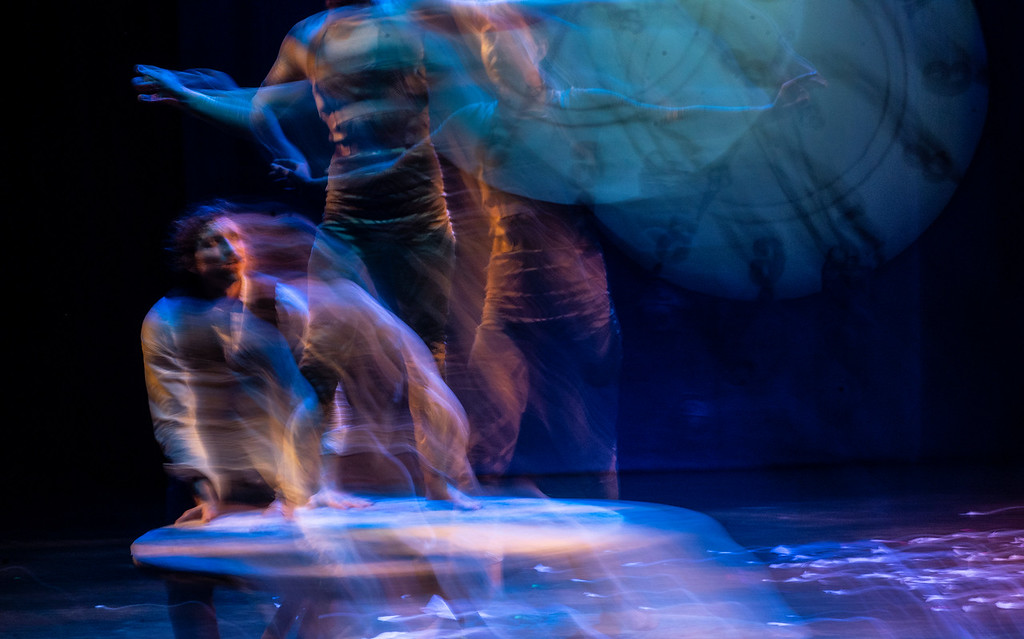
Show Up Relentlessly, Embrace Unproductivity
Have you been experiencing a dose of artistic inertia? In my lifelong pursuit of a creative life I’ve definitely encountered my fair share. In the process, I’ve been lucky enough to gather and develop tools that have helped me plow through challenges and supercharge my creative process along the way. I’m excited to share some of my lessons with you today.
But before we jump in…let me start by saying, this topic is NOT JUST for those who make a living in some kind of artistic career. This is for anyone who has a creative practice, especially those who want to nurture that practice. And hey, if you’re reading this, you’re most likely somehow involved in aerial or circus arts (or you’re my mom…hi mom!). Well then, guess what? You have a creative practice. Unless you are ONLY conditioning on your apparatus, I’m going to guess that you are engaging in some creative pursuits in your aerial work.
Because at its roots, aerial arts is an expressive art form.
It’s not gymnastics; it’s not sports acrobatics. Even if your primary goal is fitness-based, you have chosen to do your fitness activities in a format that has arisen from a performative art. For example, when I find a shape in the air that feels good to my body, I am making a creative choice; I am spending a moment in my art.
So from the seasoned performer to the recreational hobbyist, let’s agree that we are all artists, ok? (If you identify as an aerialist who’s not an artist, I’m totally cool with that and not here to argue, but most likely the rest of this blog is not really written with you in mind.)
Any artist will tell you, the road is never straight nor without challenges. I know I’m not the only one who struggles to carve out quality creative time or suffers from a lack of inspiration. Recently, I’ve encountered an overabundance of creative ideas, which has resulted in decision fatigue and artistic inertia. Though our challenges will morph and change, having some solid creative tools can go a long way. I do have some tricks up my sleeve and I’m inspired to share them with you today.
I’ve distilled today’s lessons into three tips. That’s because life is overwhelming as it is, and I think advice is always easier to digest in threes.
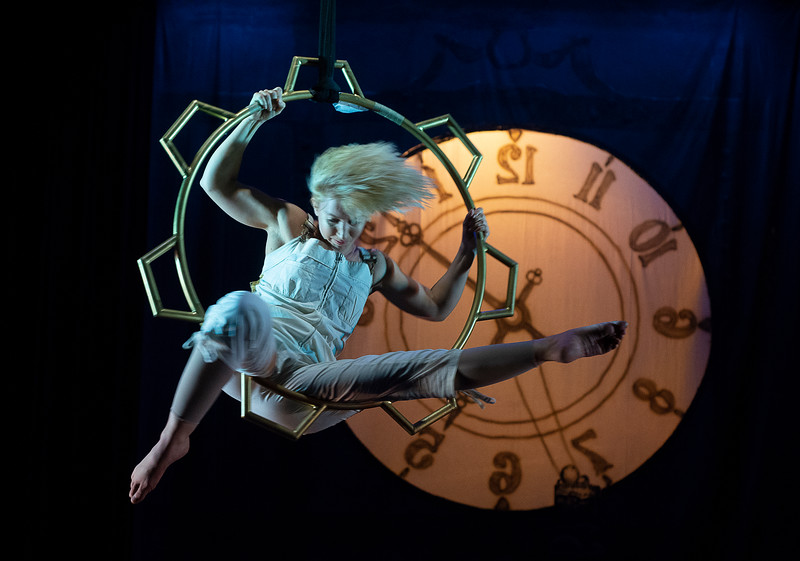
Tip # 1: Show up Relentlessly and Embrace Unproductivity
I’m a person who has always had high expectations for myself—a perfectionist through and through. I used to come to a training session or rehearsal with a long list of things I wanted to achieve.
Sometimes I would meet my laundry list of goals, sure, but usually, the creative process has other plans in mind. It’s a messy, non-linear trajectory with unexpected detours and left turns. When we put a productivity filter on top of the creative process, it’s like trying to fit an octopus into a sock. It just doesn’t fit.
Inevitably, I would leave feeling dejected, like I failed. It’s so much harder to bounce back into an inspired state if I’m stuck wallowing in the disappointment of the outcome.
Fast forward to the pandemic. I was extremely lucky to have an aerial setup in my living room, so I could still keep up with aerial work. Unfortunately, all my motivation had simply flown out the window. I had to come up with some new strategies to get my butt in the air.
It was around that time when I switched my goal to literally one thing: move my body.
What I did in that movement session didn’t matter because I had already achieved my goal just by showing up. Some days were extremely productive, inspiring, or fulfilling. Others were a wash. But with this mindset shift, I was able to allow for a new approach to training that is more flexible, more compassionate, and honestly, more realistic.
My relationship with my creative practice totally changed when I started putting this into practice. And even now, when we’re past the pandemic, I still arrive at every movement session with the same mindset. The most important thing is that I show up for my craft; anything fruitful that comes out of it is a pure bonus.
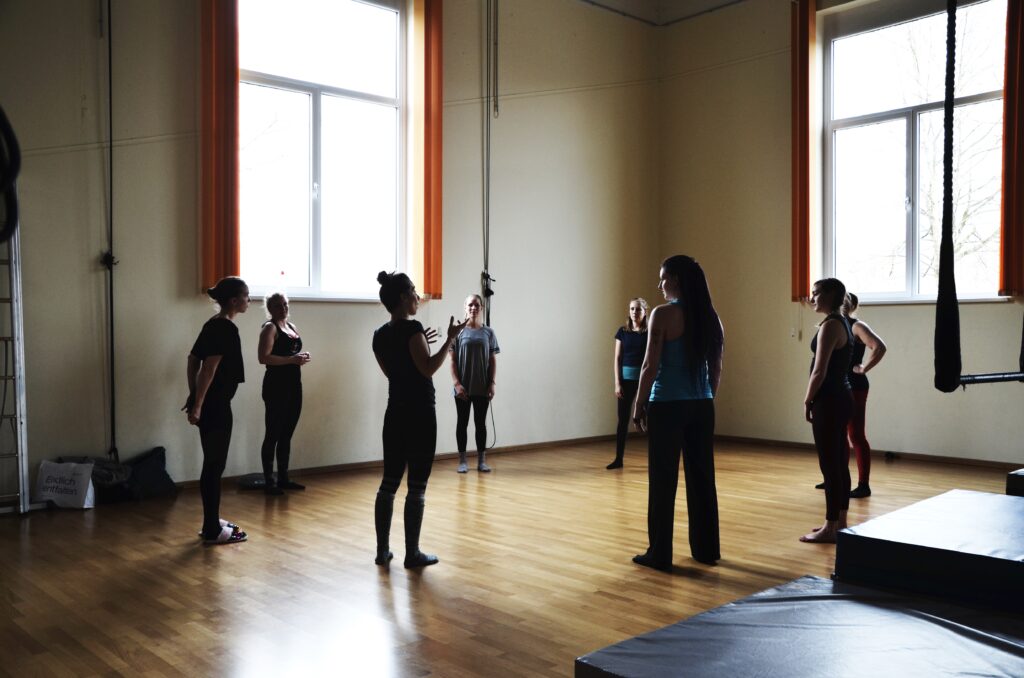
Tip #2: Align your Inner Needs with External Spaces
To really dive into this second tip, you first need to find out what your inner artist needs. I can’t stress this enough…this is a lifelong process and it is not static. It will change as you change. But nevertheless, you must embark on this journey for yourself.
In the pursuit of crafting a creative incubator, we will look at our external environment. Let me give a couple of examples to help clarify.
Some artists thrive around other people, in a constant state of input and ideas coming in from all directions. For this artist, being creative in a busy aerial studio might be exactly what they need.
A different artist may need to remove all distractions in order to truly focus in on their ideas. For this artist, they may want to consider applying to a residency program in a rural location, to cut themselves off from the demands of daily life. People are different, and therefore our ideal creative environments will be different.
Let’s consider another extremely important element of our external environment: time. When do you feel most creative? Is it in the early morning, in those magic hours before the rest of the world wakes up? Is it mid-afternoon when the sun is high and everything is buzzing with energy? (This is mine.) Or maybe you are a night owl who, like poets and painters of old, takes your inspiration from Lady Moon and quiet moments.
We can take this idea of timing even further. Do you like to work on a project in short, exciting bursts? Or do you like slow processes with time to ruminate and space between sessions? (For me, it’s the slow burn.)
We can see just how important it is to truly know yourself so that you can craft the perfect incubation environment. Once you’ve identified your inner artist’s needs, then begins the work of fighting for your art. Which brings us to tip #3.
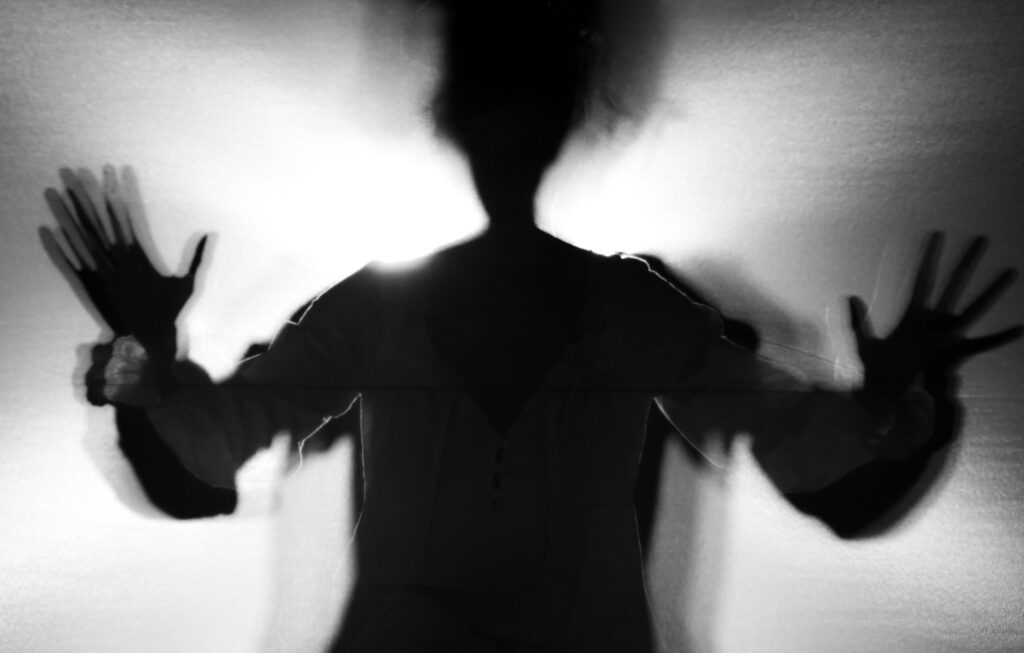
Tip # 3 Fight For Your Art
I don’t mean you need to put up fisticuffs. By this, I mean “carve out time and space for your art.” But those words just aren’t strong enough to reflect the immense effort necessary in a world that is constantly vying for your attention and time. We often have to try and fit in our creative practice between the tiny cracks of our mountains of other responsibilities and concerns. I’m not only speaking to those with 9-to-5 jobs. I am a perfect case in point. I make a living through aerial arts, so you might think I have the luxury of doing my art whenever I feel inspired. If you think this…you would be wrong.
In order to make a living, I run a business that includes many facets of my art. I STILL have to fight for my creative time. I can’t tell you how common it is for me to get sucked into admin tasks, meetings, project proposals, applications, life responsibilities, etc., and another day has gone by where I didn’t even so much as look at my creative projects or move my body.
For so many of us, we’re in a precarious juggling act, dealing with our most important survival needs, caring responsibilities, and just… so. much. adulting. Spending our time and energy on art and play can easily get pushed to the bottom of the list. That’s why we have to fight for our art.
The topic of HOW to best fight for our art is perhaps too big to tackle for this blog, but when I look at the tools and tactics that I use to fight for my art, one in particular stands out: using external accountability measures. Here are a couple of examples of what this looks like in my life:
- Signing up for a class, workshop, or outside project. For example, just yesterday, I signed up for this cool Creation Workshop that I put on my calendar for next month. It’s contemporary dance-focused, which is a bit out of my comfort zone (also another great topic for a different post) and signing up (and paying for it) holds me accountable to dedicate the time and space to nurturing my craft.
- Committing to a project deadline before it’s completed. Whew! This is a scary one. But I can’t tell you how many times this has lit the fire of my creative practice in a very tangible way. Sure, sometimes it can backfire and create an undue amount of stress. That’s why you must also become good at being realistic in your deadlines (estimate 2x the amount of time you think it will take!). A recent example for me was when I committed to being a part of the Touching Two Worlds show this past May with only the seed of an idea for a new act. But my deadline was realistic and this it was the exact thing I needed to jumpstart this new act concept.
There are many other practical tools that can help you carve out time, energy, and attention for your creative practice. I highly recommend reading the book Deep Work for other insightful strategies, such as time blocking, which has also been a huge help to me on this front. Yes, this is a book that primarily deals with deep work in a business context, but the concepts are highly transferable, and the author uses many examples of artists throughout history who have a commitment to deep work.
Do you want to be notified when we publish our next blog post? Sign up for our Newsletter here.
Inspired to take action steps toward your own creative process? We’d love for you to join us for our Aerial Escapades Retreat in Mexico in 2024. Every afternoon we work with creativity, theatricality and finding your own aerial voice using our Vertical Theatre Method. This is a super inspiring way to focus in on your craft while having an adventure at the same time! For more information click here.

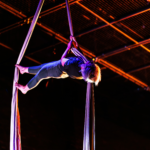



 Feeling the electric energy of the creative
Feeling the electric energy of the creative 

 I created a short p
I created a short p
 And it’s a wrap! That is the last Level 1 Re
And it’s a wrap! That is the last Level 1 Re

